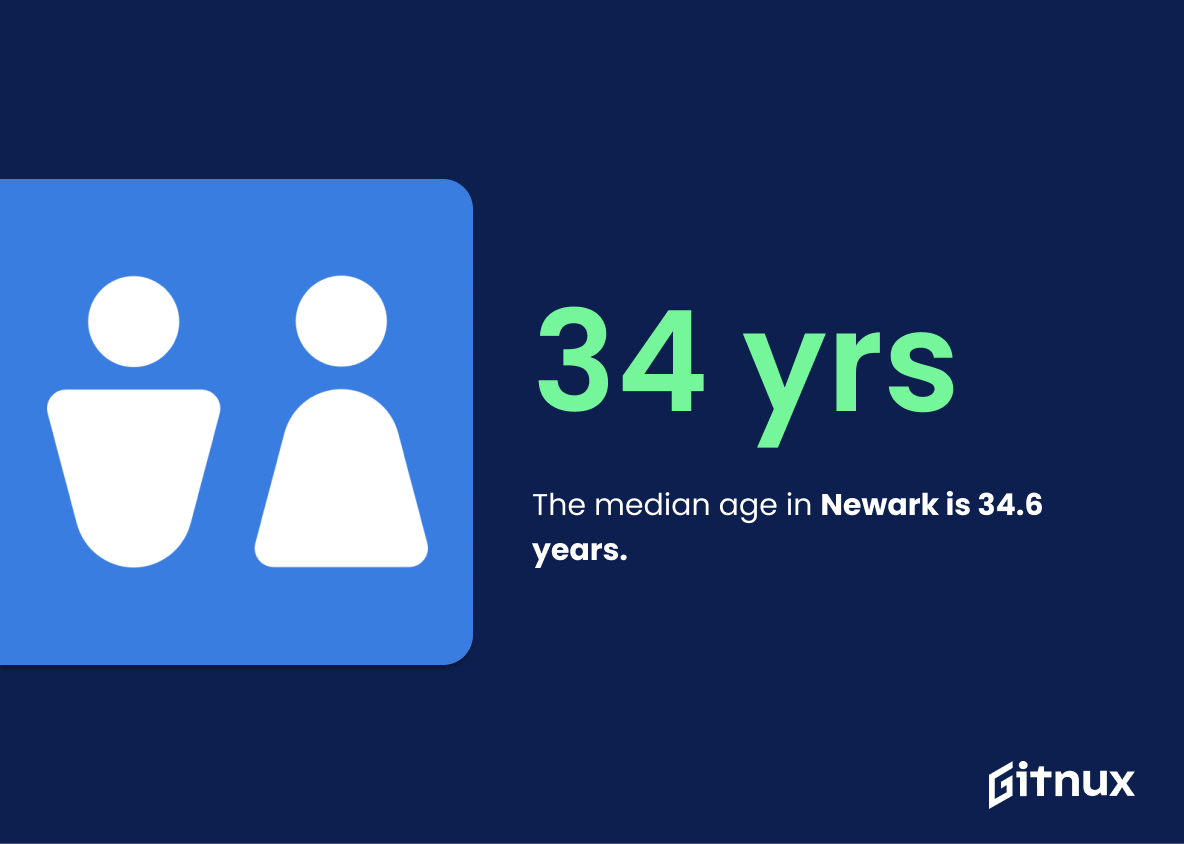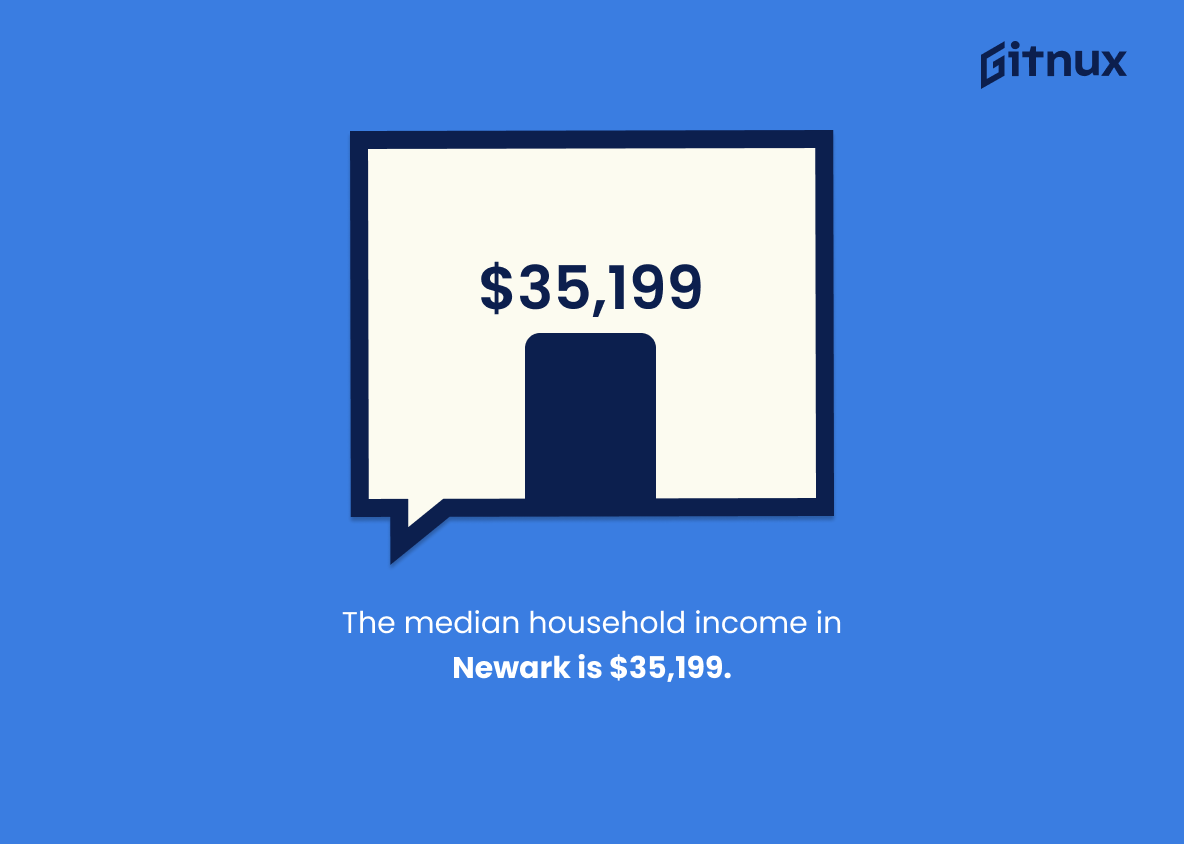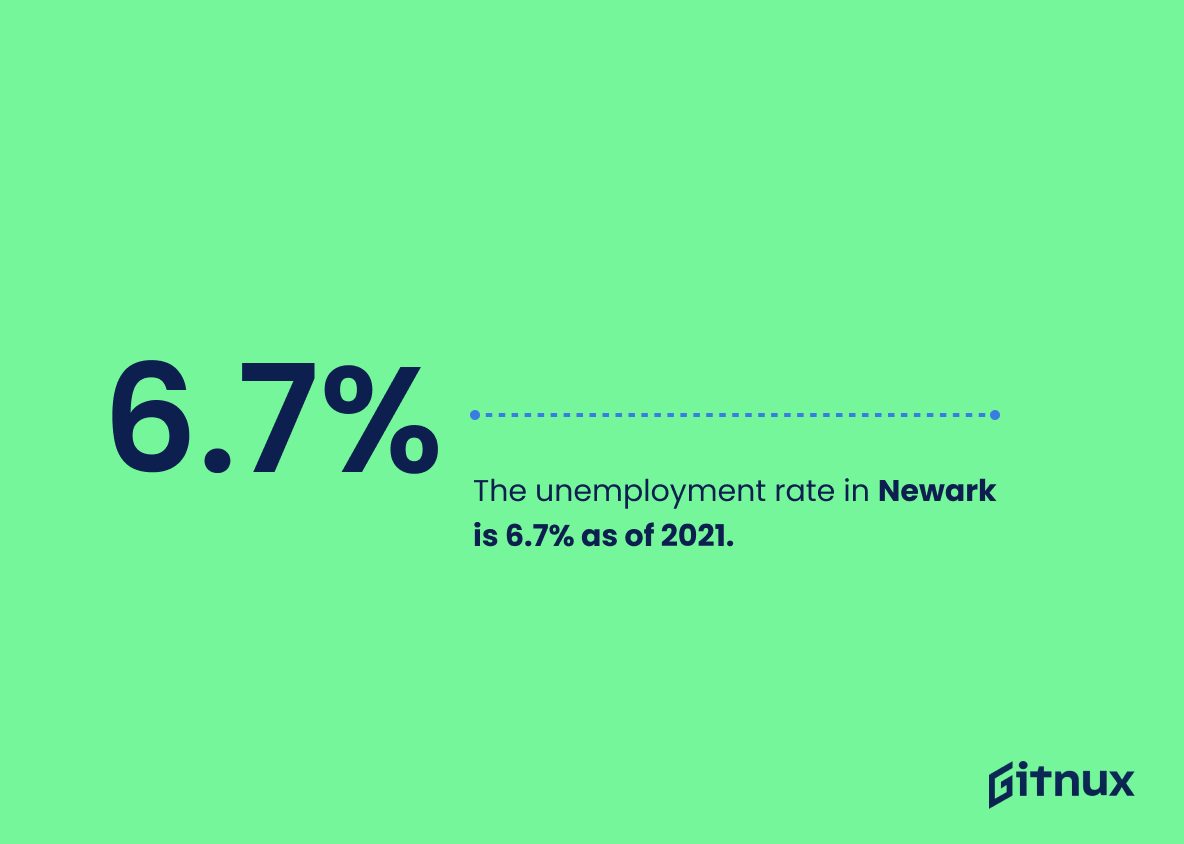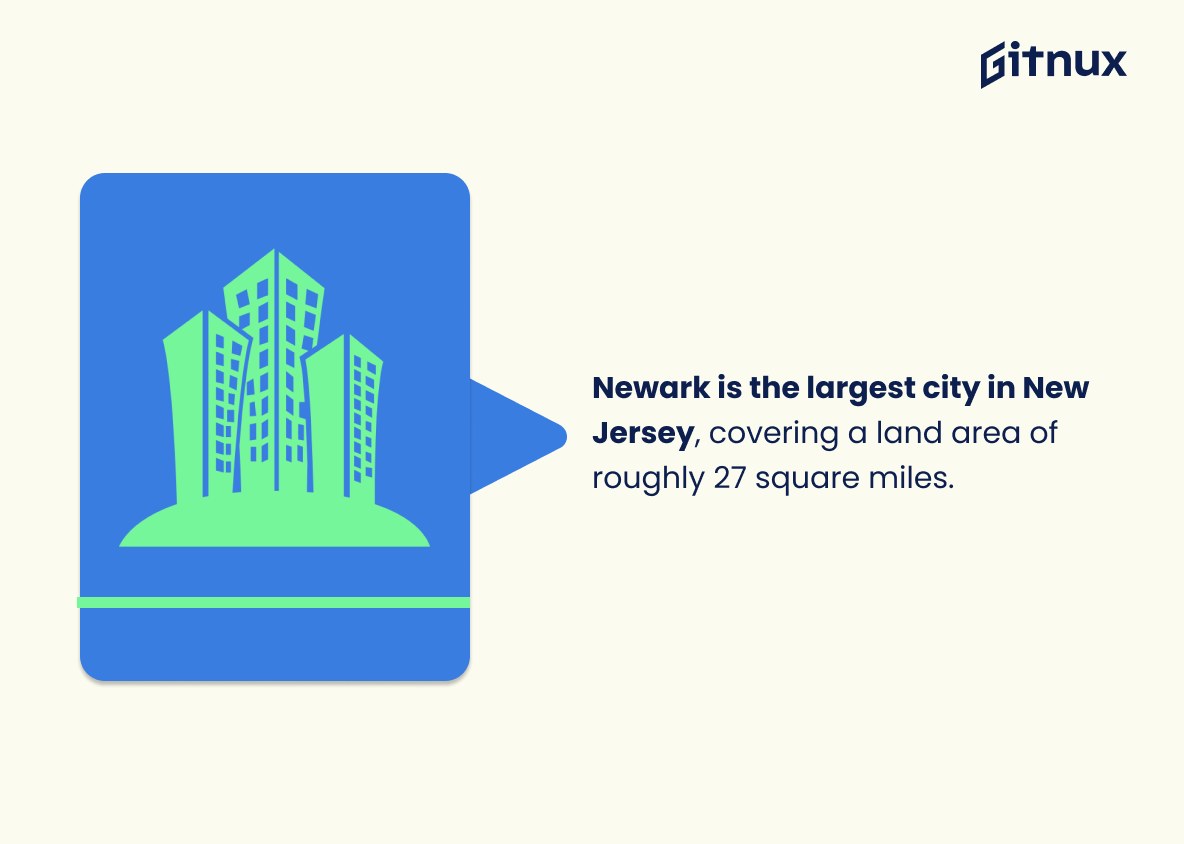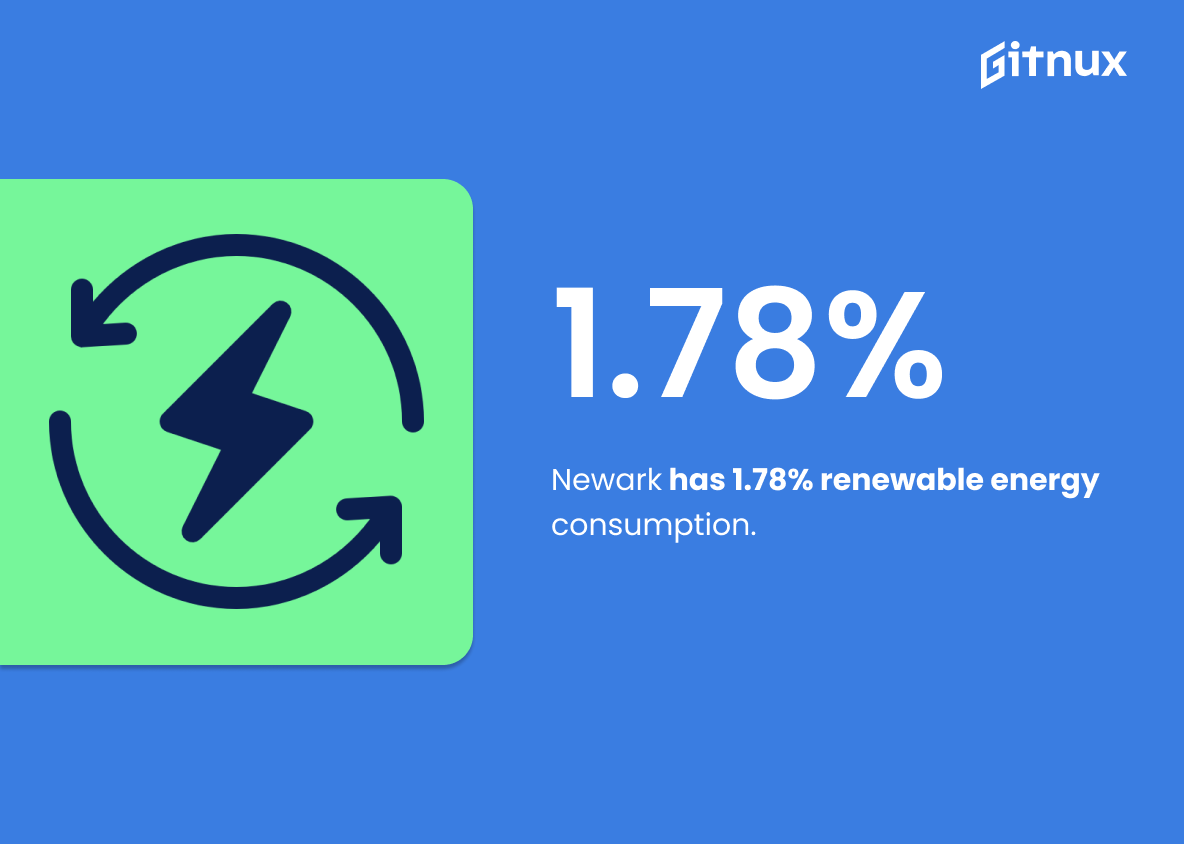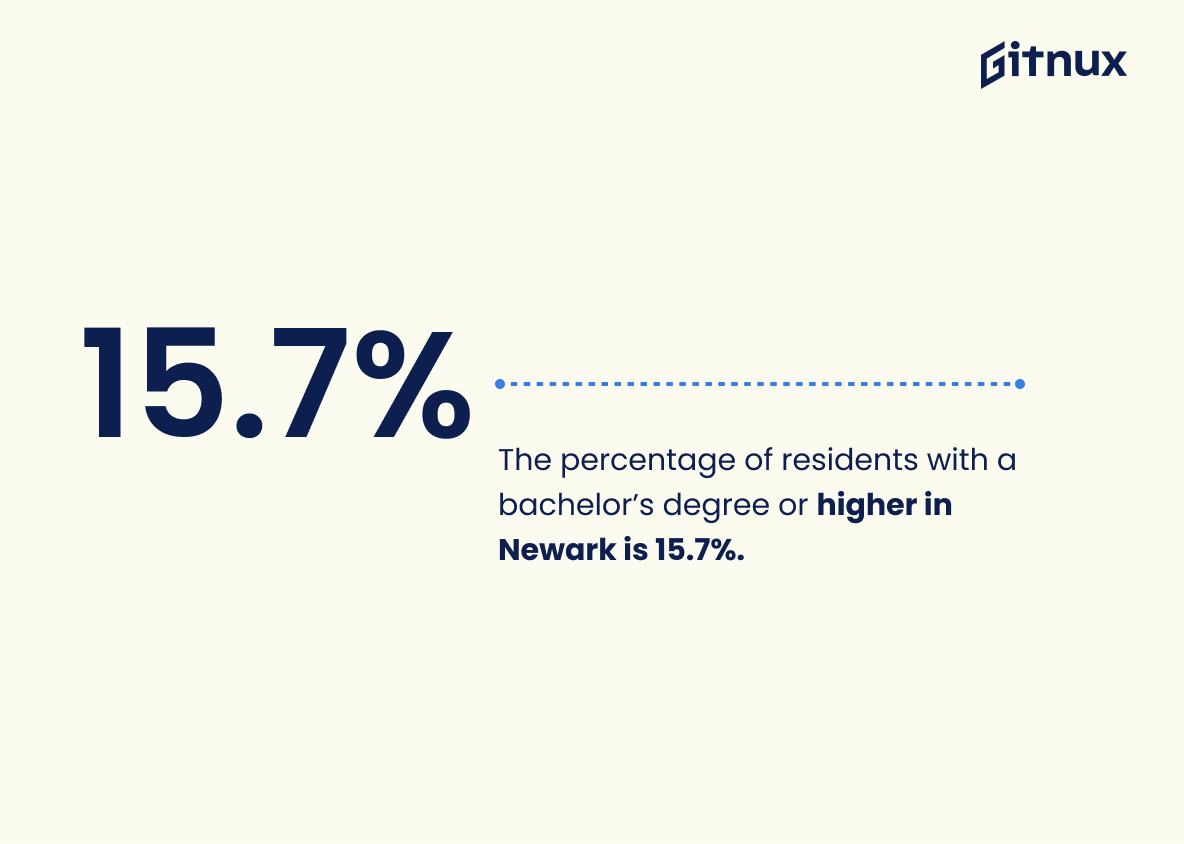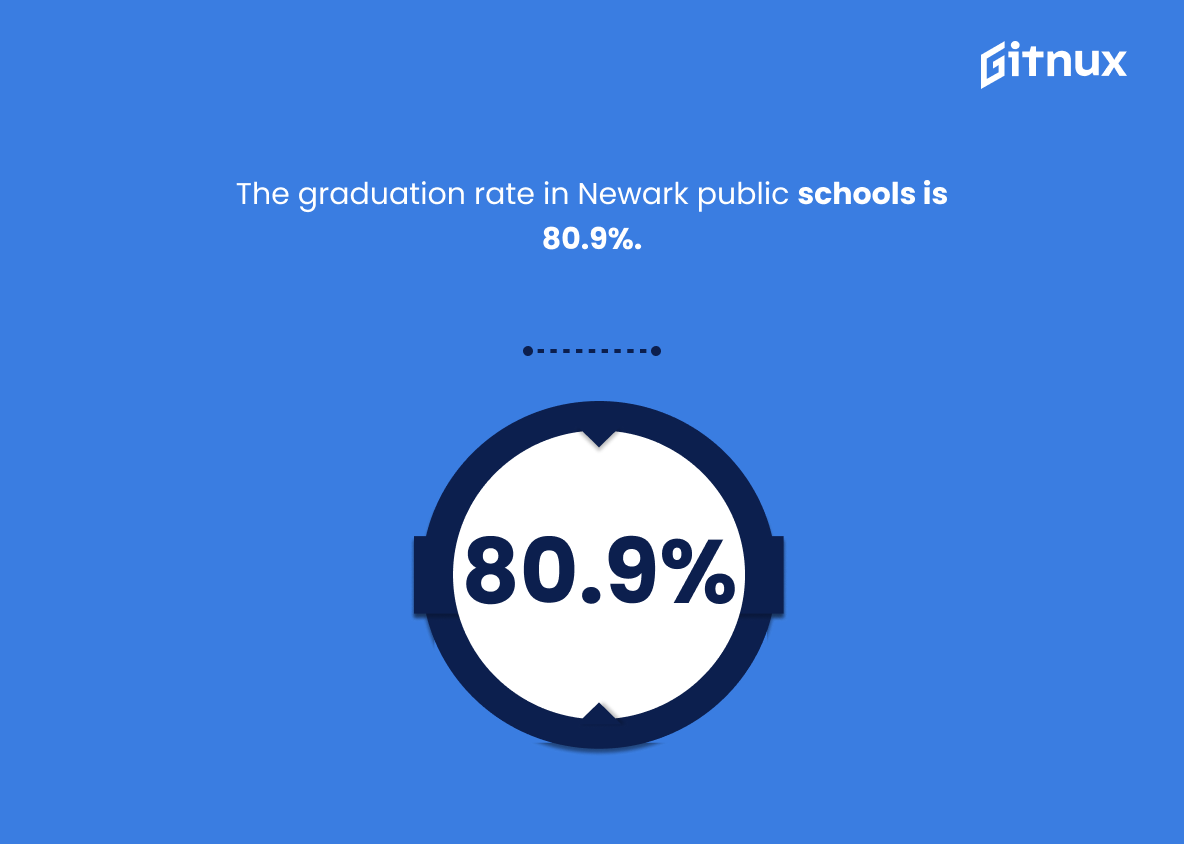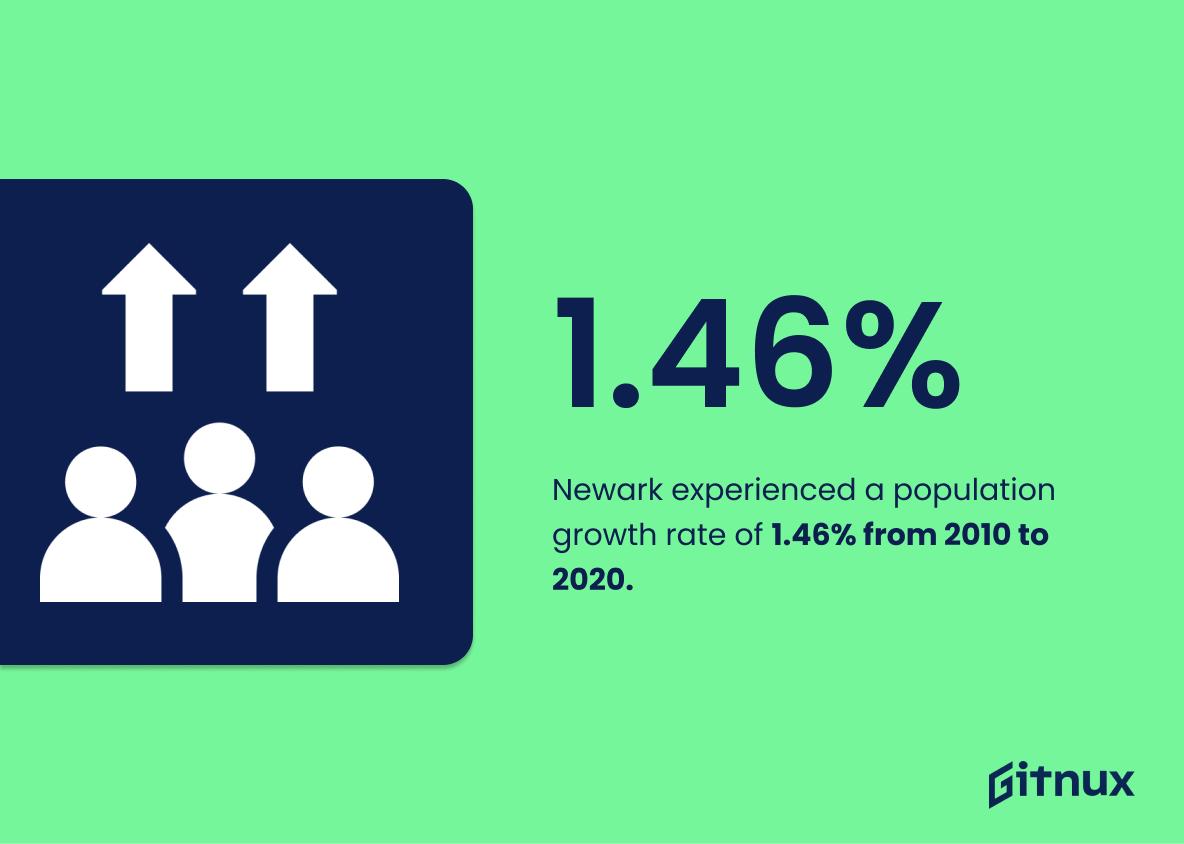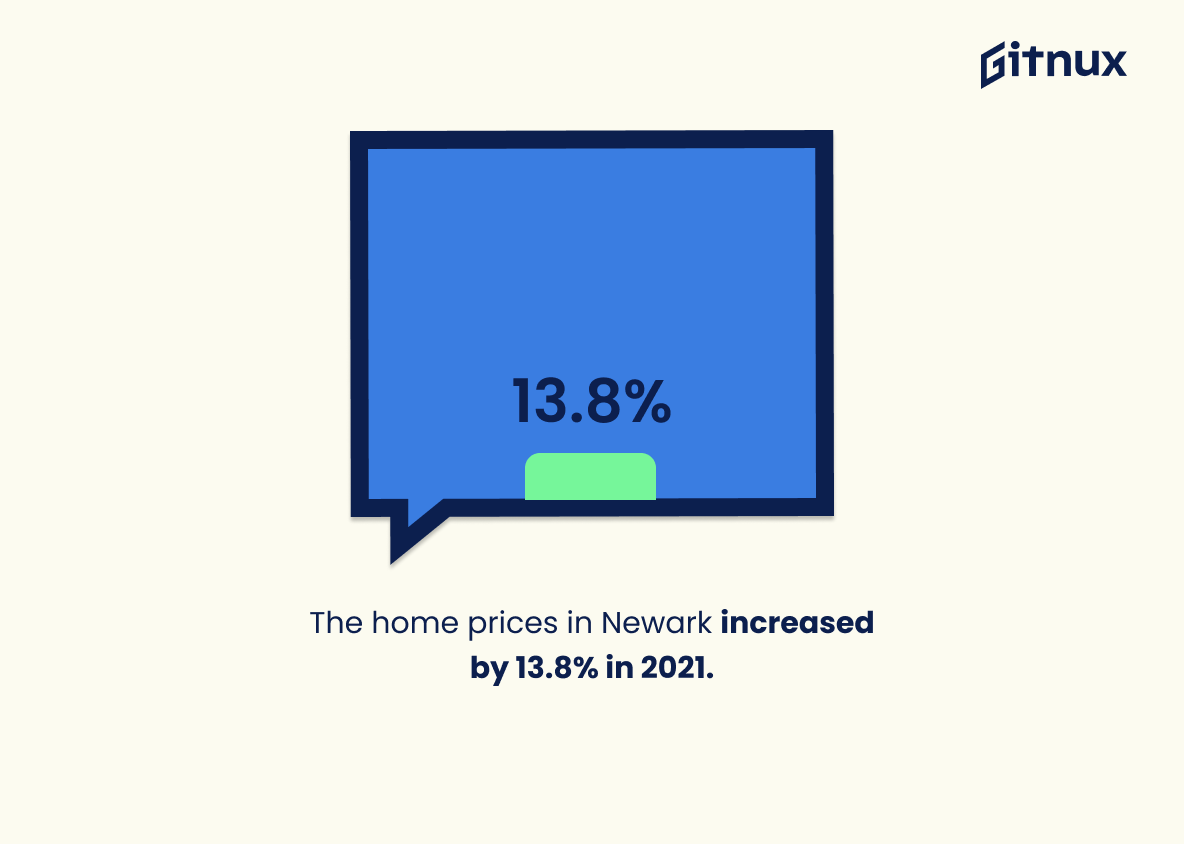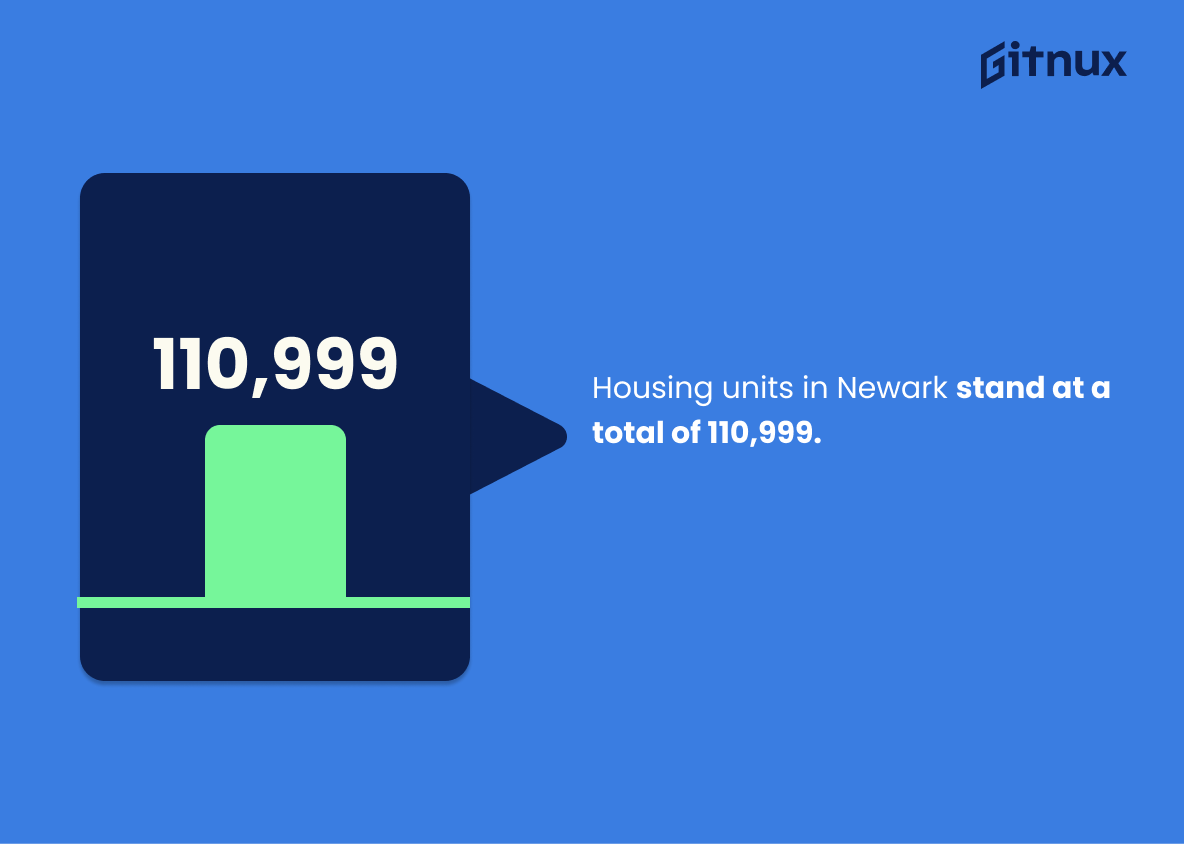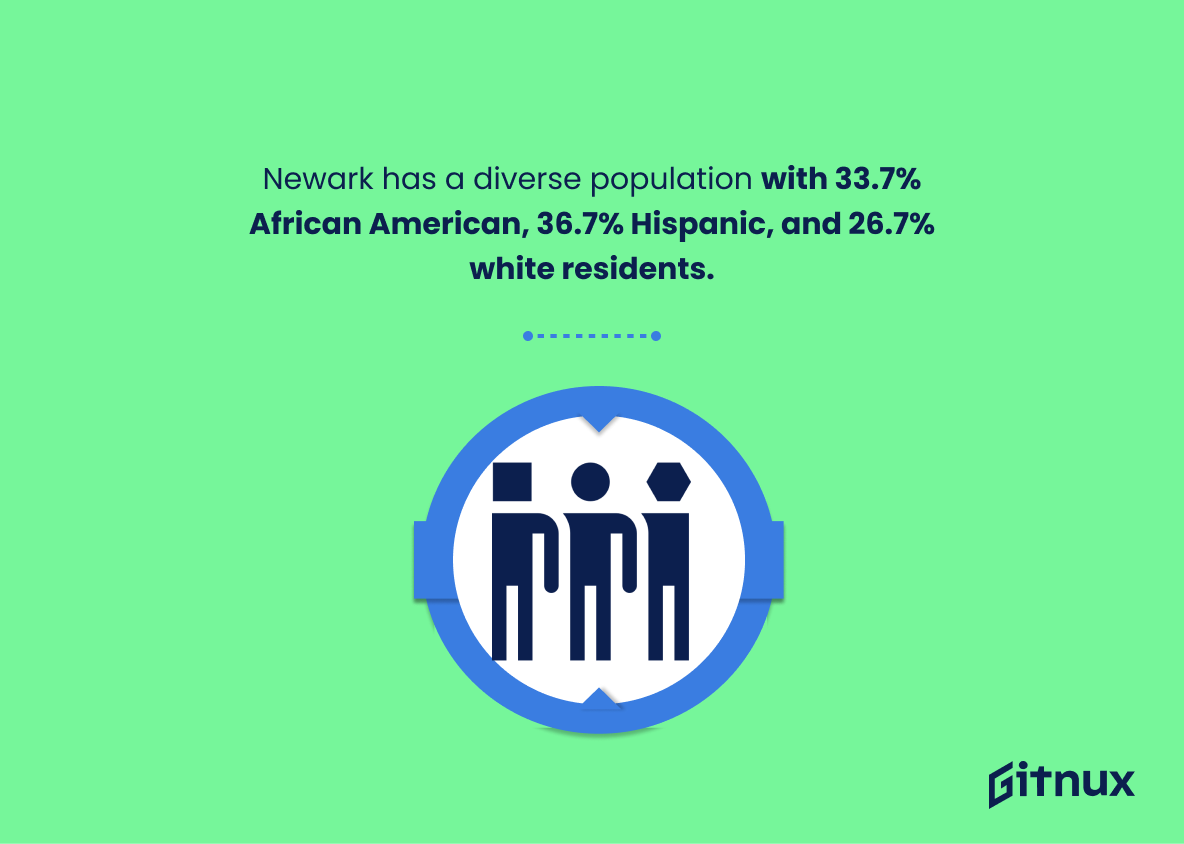Newark, New Jersey is the 73rd largest city in the United States by population with a total of 281,054 residents as of 2021. The median age in Newark is 34.6 years and the median household income is $35,199. Unemployment rate stands at 6.7%, while per capita income amounts to $19,682. Newark covers an area of 27 square miles and has 1.78% renewable energy consumption according to Carbon Footprint data from 2020-2021 period; it also houses 32 colleges and universities within 20 miles radius from its center point – making education accessible for many students living there or nearby areas alike.
The crime rate in Newark stands at 40 per one thousand residents whereas public school graduation rates are 80%. Population growth between 2010-2020 was recorded at 1.46%, home prices increased 13% during 2021 alone; poverty rate reaches 28%. Last but not least: Port of Newark being 18th largest port worldwide serves as major economic hub for this region – daily ridership on public transportation system counts 172 945 people.
Newark Statistics Overview
The median age in Newark is 34.6 years.
This statistic is indicative of the fact that Newark is a relatively young city, with the majority of its population being under the age of 35. This is important to consider when discussing the city’s demographics, as it can provide insight into the city’s culture, economy, and other aspects of life.
The median household income in Newark is $35,199.
This statistic is a telling indication of the financial state of Newark households. It provides insight into the economic disparities that exist in the city, and serves as a benchmark for understanding the financial struggles of many of its residents.
The unemployment rate in Newark is 6.7% as of 2021.
The unemployment rate in Newark is a telling statistic that speaks volumes about the city’s economic health. It is a reflection of the number of people who are actively looking for work but are unable to find it. This statistic is an important indicator of the overall economic well-being of the city and its citizens, and is a key factor in understanding the current state of Newark.
Newark is the largest city in New Jersey, covering a land area of roughly 27 square miles.
The fact that Newark is the largest city in New Jersey, with a land area of 27 square miles, is an important piece of information when discussing Newark’s statistics. This statistic provides a valuable insight into the size and scope of the city, and can be used to compare Newark to other cities in the state. Additionally, this statistic can be used to analyze the population density of Newark, as well as the availability of resources and services within the city.
The per capita income in Newark is $19,682.
This statistic is a telling indication of the economic state of Newark. It reveals that the average income of individuals in the city is relatively low, which can be used to draw conclusions about the overall financial health of the city.
Newark has 1.78% renewable energy consumption.
The fact that Newark has a renewable energy consumption rate of 1.78% is a telling statistic that speaks to the city’s commitment to sustainability. This statistic is indicative of the city’s dedication to protecting the environment and reducing its carbon footprint. It is a sign that Newark is taking the necessary steps to ensure a healthier, more sustainable future for its citizens.
Newark Liberty International Airport is the 14th busiest airport in the United States for total passengers.
This statistic is a testament to the importance of Newark Liberty International Airport as a major hub for travelers. It speaks to the airport’s popularity and the sheer number of people who pass through its gates each year. This is a key indicator of the economic impact the airport has on the city of Newark and the surrounding area, and it is a testament to the airport’s success.
The percentage of residents with a bachelor’s degree or higher in Newark is 15.7%.
The statistic of 15.7% of Newark residents with a bachelor’s degree or higher speaks volumes about the educational opportunities available in the city. It is a testament to the hard work and dedication of the people of Newark to pursue higher education and to strive for success. This statistic is a reflection of the commitment of the city to provide quality education and to create a brighter future for its citizens.
The crime rate in Newark is 40 per one thousand residents.
This statistic is a telling indicator of the safety of Newark’s residents. It provides insight into the level of criminal activity in the city, and can be used to compare Newark to other cities in terms of crime rate. It is an important statistic to consider when discussing the overall quality of life in Newark.
The graduation rate in Newark public schools is 80.9%.
The graduation rate in Newark public schools is a testament to the hard work and dedication of the students, teachers, and administrators in the district. It is a sign of progress and a reminder that, despite the challenges that the city faces, there is still hope for a brighter future. This statistic is a beacon of light in a city that has seen its share of darkness, and it is a reminder that the people of Newark are capable of achieving great things.
Newark experienced a population growth rate of 1.46% from 2010 to 2020.
This statistic is indicative of Newark’s progress and development over the past decade. It shows that the city has experienced a steady increase in population, which is a sign of a thriving and growing community. This population growth rate is a testament to the city’s ability to attract new residents and businesses, and it is a positive indicator of Newark’s future prospects.
The home prices in Newark increased by 13.8% in 2021.
This statistic is indicative of the positive economic growth in Newark, as the increase in home prices suggests that the city is becoming a more desirable place to live. This is an encouraging sign for Newark residents, as it indicates that the city is becoming more prosperous and attractive to potential home buyers. Furthermore, this statistic is a testament to the hard work of the city’s government and citizens in making Newark a better place to live.
The Port of Newark is the largest on the East Coast of the United States and the 18th largest in the world.
The sheer size of the Port of Newark speaks volumes about the city’s importance in the global economy. As the 18th largest port in the world, Newark is a major hub for international trade and commerce, making it a key player in the global market. This statistic is a testament to the city’s economic power and influence, and is an important part of understanding Newark’s place in the world.
Housing units in Newark stand at a total of 110,999.
The sheer number of housing units in Newark speaks volumes about the city’s population size and growth. It is a testament to the city’s vibrancy and potential for further development. With 110,999 housing units, Newark is a bustling metropolis that is home to a diverse range of people and businesses. This statistic is a key indicator of the city’s economic health and its ability to attract new residents and businesses.
Newark has a diverse population with 33.7% African American, 36.7% Hispanic, and 26.7% white residents.
This statistic is a powerful reminder of the cultural richness of Newark. It speaks to the city’s vibrant mix of African American, Hispanic, and white residents, highlighting the diversity of the population and the unique cultural experiences that come with it. This diversity is a major part of what makes Newark such a special place to live and visit.
The poverty rate in Newark is 28.3%.
The poverty rate in Newark is a stark reminder of the economic disparities that exist in the city. It paints a picture of a city where many of its residents are struggling to make ends meet, and highlights the need for more resources and support to help those in need.
The public transportation system in Newark has a daily ridership of 172,945 people.
This statistic is a testament to the importance of the public transportation system in Newark. It shows that the system is heavily relied upon by the city’s residents, with nearly 173,000 people using it every day. This highlights the need for a reliable and efficient public transportation system in Newark, and the importance of investing in its infrastructure.
Conclusion
From the statistics presented, it is clear that Newark is a large and diverse city with many economic opportunities. It has an international airport, numerous colleges and universities, and a thriving port. The population of Newark continues to grow at a steady rate while its median age remains relatively young compared to other cities in the United States. Despite having one of the highest poverty rates among major US cities, there are still plenty of job opportunities available for those who live in or near Newark due to its strong economy. Additionally, public transportation provides easy access throughout the city for residents as well as visitors alike. All these factors make Newark an attractive place to live or visit.
References
0. – https://www.www.census.gov
1. – https://www.www.njtpa.org
2. – https://www.www.neighborhoodscout.com
3. – https://www.www.panynj.gov
4. – https://www.www.newarknj.gov
5. – https://www.datausa.io
6. – https://www.worldpopulationreview.com
7. – https://www.fred.stlouisfed.org
8. – https://www.www.carbonfootprint.com
9. – https://www.rc.doe.state.nj.us
10. – https://www.www.zillow.com
